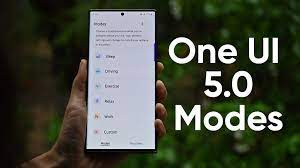How Microsoft will be a First Mover in Generative A.I. with GPT-4?
Microsoft has an unfair advantage in generative AI.Generative A.I. has also had me wondering about how GPT-4 will be released in the coming months, potentially opening up even more businesses and new use cases. I'd want to draw attention to the obvious - which no one appears to be discussing! This is Microsoft's advantage in this situation.
With GPT-4 on the horizon, Microsoft has a significant advantage in terms of early access to cutting-edge Generative.AI capabilities, as well as a long list of Cloud and software products to connect it with. It's difficult to overstate the significance of this advantage and how profitable their $1 billion partnership with OpenAI has become.
This has the potential to enhance everything Microsoft produces over the next ten years, and as an investor and shareholder, I believe this bodes good for the firm. In this brief essay, I'll go through several instances. If you feel Generative A.I. is a key trend that will scale well over the next decade, Microsoft will be an early first-mover in several ways.
After the $1 billion agreement and exclusive commercial access to GPT-3, Microsoft will shortly provide further financing to OpenAI. When GPT-4 is introduced, Microsoft will have an unfair advantage over its competitors.
Microsoft's new Designer app, which is meant to compete with Canvas, integrates DALL-E 2 straight into the product for users. You may join the waitlist by clicking here. Canva's excellent brand appeal positions it as a mid-term threat to certain of Microsoft's products.
GitHub Copilot
Microsoft is utilising Generative A.I. to gain a competitive advantage in the future of coding helpers. With more sophisticated capabilities, voice commands, and an effective product, GitHub Copilit in 2022 shows promise of success. Again, thanks to OpenAI Codex. This product demonstrated how Microsoft is leveraging Generative A.I. in a truly innovative manner, given its ability to use its deep pockets to gain an advantage - it acquired GitHub and has since become a major corporate player.
#success #future #microsoft #brand #github



